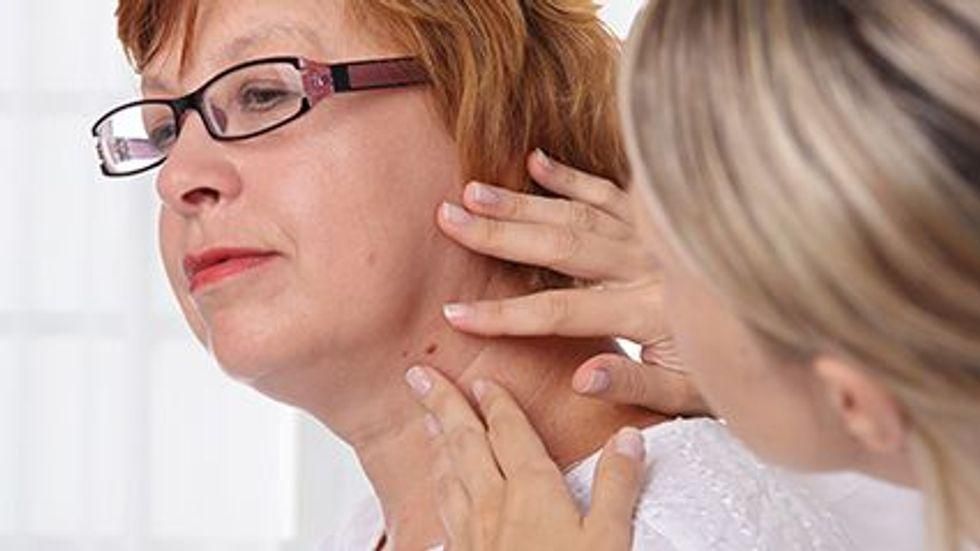FRIDAY, June 18, 2021 (HealthDay News) — It’s long been known the sun’s rays can cause skin cancer.
But a new poll shows that only about 30% of American adults say they’re concerned about developing skin cancer — even though nearly 70% have at least one risk factor for the disease.
The American Academy of Dermatology’s survey found that 49% of respondents were more worried about avoiding sunburn than preventing skin cancer. About 32% said they were more worried about avoiding wrinkles, and about 25% said they had been sunburned in 2020.
“These findings are surprising and seem to suggest that many people do not take skin cancer seriously or perhaps believe skin cancer won’t happen to them,” said dermatologist Dr. Robert Brodell. He is founding chair of the department of dermatology and a professor of pathology at the University of Mississippi Medical Center.
“Yet, one in five Americans will develop skin cancer in their lifetime, and nearly 20 Americans die from melanoma — the deadliest form of skin cancer — every day,” Brodell said in an academy news release.
Anyone can get skin cancer, according to the U.S. Centers for Disease Control and Prevention. Those at higher risk include people with a lighter skin color, those with blue or green eyes, blonde or red hair, more than 50 moles, or whose skin burns, freckles, reddens easily or becomes painful in the sun. A family or personal history of skin cancer also increases risk.
The incidence of skin cancer is about 30 times higher among white people than among Black or Asian/Pacific Islander individuals, but the risk of skin cancer does still exist for people of all skin colors. It is often diagnosed at a later stage for those who have darker skin colors.
“What’s concerning is that invasive melanoma — melanoma that grows deeper into the skin or spreads to other parts of the body — is projected to be the fifth most commonly diagnosed cancer for both men and women this year,” Brodell said. “We need to make sure that everyone understands their risk for skin cancer and takes steps to prevent it, as well as detect it early, before it spreads.”
Brodell advises people to “practice safe sun” by seeking shade, wearing sun-protective clothing and applying sunscreen, avoiding tanning indoors and out, preventing sunburns, as well as performing regular skin self-exams.
To help identify a possible melanoma, follow the ABCDEs:
- A is for asymmetry: One half of the spot is unlike the other half.
- B is for border: The spot has an irregular, scalloped or poorly defined border.
- C is for color: The spot has varying colors from one area to the next, such as shades of tan, brown or black, or areas of white, red or blue.
- D is for diameter: While melanomas are usually greater than 6 millimeters when diagnosed (about the size of a pencil eraser), they can be smaller.
- E is for evolving: The spot looks different from the rest or is changing in size, shape or color.
“Unprotected exposure to ultraviolet rays is the most preventable risk factor for skin cancer, including melanoma,” Brodell said.
More information
The American Cancer Society has more on skin cancer.
SOURCE: American Academy of Dermatology, news release, June 15, 2021
Copyright © 2024 HealthDay. All rights reserved.

